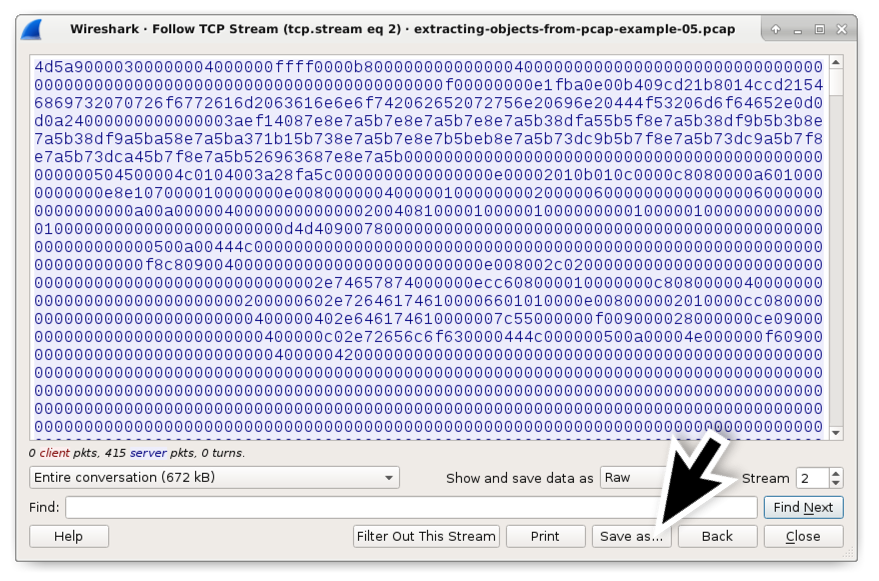

Example:ĩ) Double click the line containing the Server Hello.ġ0) Examine the Server Hello information that pops up in a separate window. Note: When you open the RPT script in the test editor, these cipher suites are listed in the Available Ciphers panel. These are the ciphers (cipher suites) that the client supports. Expand Secure Sockets Layer > Cipher Suites. Click Apply.ĥ) Find the Client Hello and the Server Hello methods.Ħ) Double click the line containing the Client Hello.ħ) Examine the Client Hello information that pops up in a separate window. Note: On Windows 7, enter Start > Run > ncpa.cpl to display your network connections.ģ) After the initial screen displays in your browser, exit the browser.Ĥ) Enter the filter tcp.port = 443. Select the interface that your workstation uses. From the Wireshark menu bar, click Capture > Interfaces. Use the following process to manually discover the cipher used by an RPT script by browsing the script's HTTPS URL in a Wireshark packet capture session.ġ) First, exit any browsers that are currently open on your Windows desktop.Ģ) Start Wireshark. You can download a free copy of Wireshark from. Wireshark is commonly used in network engineering to diagnose and troubleshoot client-server exchanges. You can use a utility called Wireshark to view this handshake exchange. Or, if the server does not support any of those ciphers, the server rejects the client request.

The client (browser) has a list of ciphers that it supports.ĭuring the initial handshake sequence between the client and the server, the client presents its cipher list to the server, and the server selects one of the ciphers. Security is provided by encryption, which requires a cipher.

TLS (Transport Layer Security) and SSL (Secure Sockets Layer) are protocols that provide data encryption and authentication between applications and servers where the data is being sent across the network,Īn HTTPS script uses either SSL or TLS for the transport layer.


 0 kommentar(er)
0 kommentar(er)
